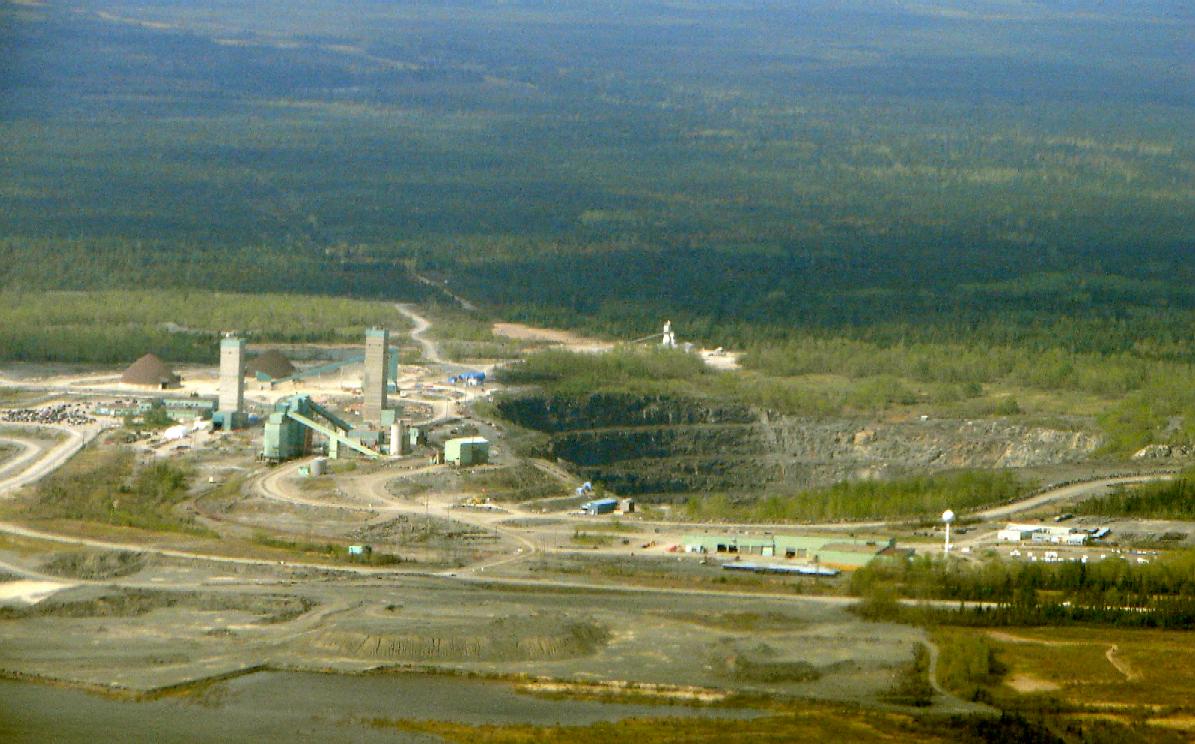Top Stories
Canada’s Urgent Push for Critical Minerals Amid Global Demand Surge

UPDATE: Canada is set to become a global leader in critical mineral extraction, with plans to open new and expanded mines in British Columbia, Saskatchewan, and the Ring of Fire in Ontario. This initiative, part of Canada’s Critical Minerals Strategy, responds to an explosive demand for essential metals like copper, zinc, cobalt, and lithium, driven by the renewable energy revolution.
Officials confirm that the demand for these minerals has surged nearly five-fold since 1970, as industries such as renewable energy, data centers, and electric vehicles ramp up. According to Christopher Pollon, author of “Pitfall: The Race to Mine the World’s Most Vulnerable Places,” the race for resources is intensifying amid geopolitical tensions, including Russia’s actions in Ukraine and China’s expansion of global mining operations.
However, the mining industry faces serious environmental and ethical challenges. Pollon highlights the unsustainable nature of mining, which often results in toxic waste, pollution, and health problems for local communities, particularly Indigenous Peoples. “Mining is necessary,” Pollon states, “if we’re to move away from coal, oil, and gas, but we must rethink our approach.”
The demand for minerals is not just about new technologies; it’s also about our daily lives. For instance, an estimated 75 pounds of ore is needed to manufacture a single iPhone. This highlights the critical question: “How do we secure the metals our civilization needs without destroying the environment and violating the rights of the planet’s most vulnerable people?”
Recycling efforts, such as “urban mining,” are gaining traction, potentially reducing primary demand for lithium by 25%, cobalt and nickel by 35%, and copper by 55%. However, as Vince Beiser notes in “Power Metal: The Race for Resources that Will Shape the Future,” recycling alone is insufficient. It remains energy-intensive and often occurs under dangerous conditions.
The authors emphasize that a holistic approach is necessary. This includes enhancing mining practices, increasing recycling, and promoting the reuse of materials, which was valued at $230 billion in 2021. As Pollon advocates, we must also reduce consumption, particularly in wasteful Western societies.
A significant shift is required in our transportation systems. “Reducing demand for cars will do more than anything to reduce demand for critical metals,” Pollon asserts. Investing in public transit and urban design for pedestrian-friendly environments can mitigate the demand for mining while improving public health.
As the world grapples with these urgent challenges, Canada’s commitment to critical minerals could reshape the landscape of energy and technology. The global community must act swiftly to secure these resources responsibly, ensuring that the transition to renewable energy does not come at the cost of environmental degradation or social injustice.
Stay tuned for more updates as this situation develops.
-

 Politics4 weeks ago
Politics4 weeks agoSecwepemc First Nation Seeks Aboriginal Title Over Kamloops Area
-

 World5 months ago
World5 months agoScientists Unearth Ancient Antarctic Ice to Unlock Climate Secrets
-

 Entertainment5 months ago
Entertainment5 months agoTrump and McCormick to Announce $70 Billion Energy Investments
-

 Science5 months ago
Science5 months agoFour Astronauts Return to Earth After International Space Station Mission
-

 Lifestyle5 months ago
Lifestyle5 months agoTransLink Launches Food Truck Program to Boost Revenue in Vancouver
-

 Technology3 months ago
Technology3 months agoApple Notes Enhances Functionality with Markdown Support in macOS 26
-

 Lifestyle3 months ago
Lifestyle3 months agoManitoba’s Burger Champion Shines Again Amid Dining Innovations
-

 Top Stories2 months ago
Top Stories2 months agoUrgent Update: Fatal Crash on Highway 99 Claims Life of Pitt Meadows Man
-

 Politics4 months ago
Politics4 months agoUkrainian Tennis Star Elina Svitolina Faces Death Threats Online
-

 Sports5 months ago
Sports5 months agoSearch Underway for Missing Hunter Amid Hokkaido Bear Emergency
-

 Politics5 months ago
Politics5 months agoCarney Engages First Nations Leaders at Development Law Summit
-

 Technology5 months ago
Technology5 months agoFrosthaven Launches Early Access on July 31, 2025




















